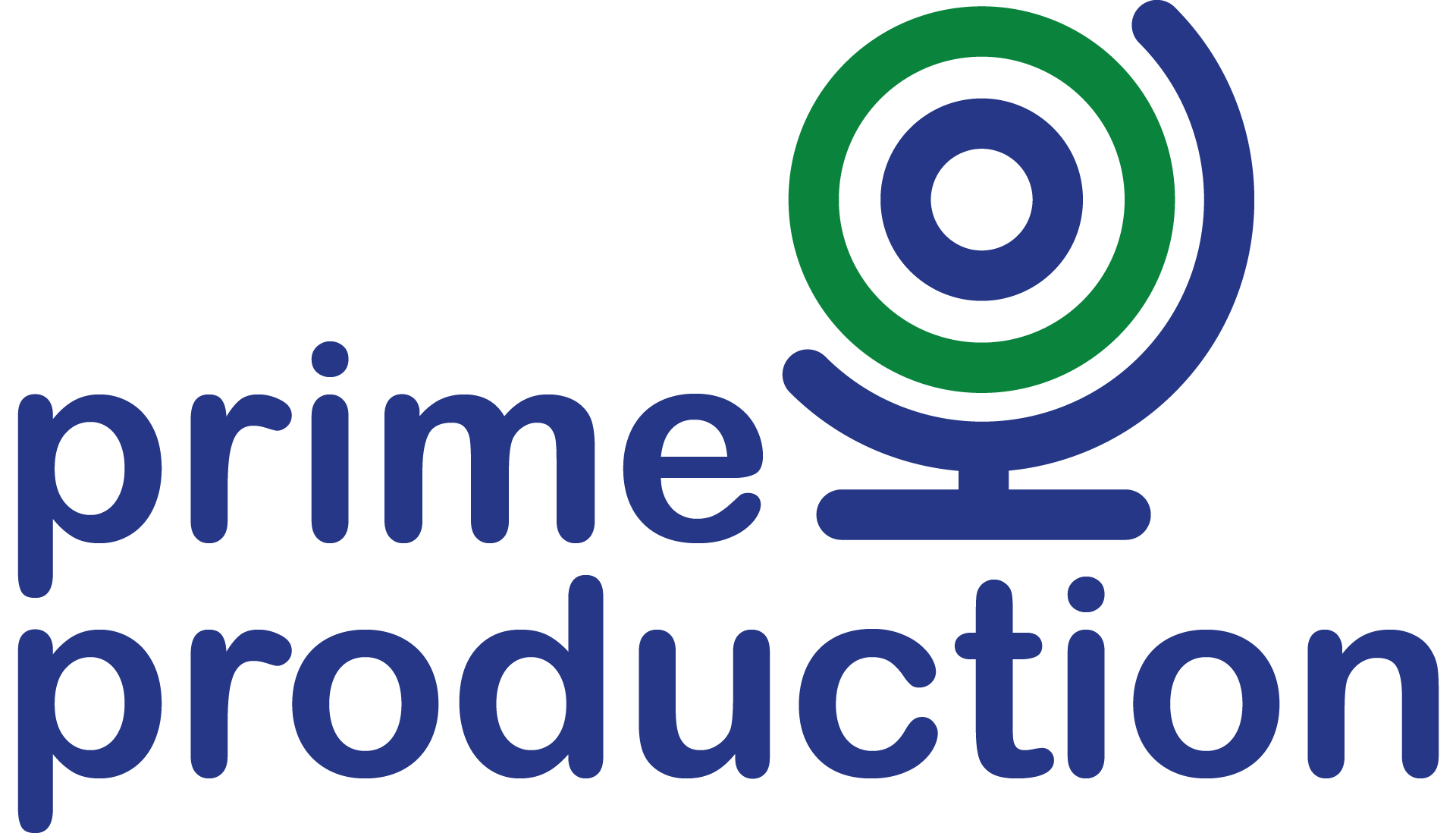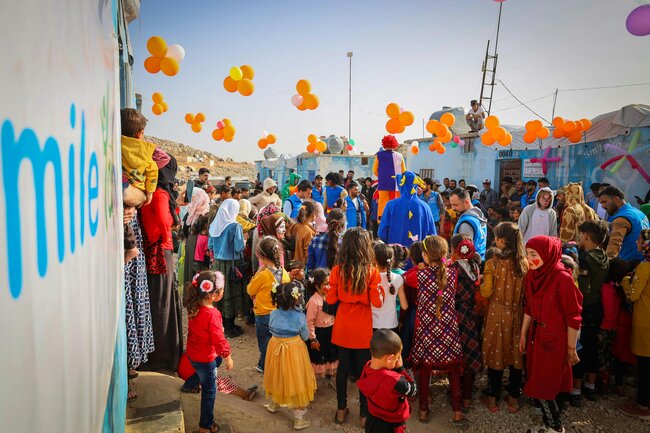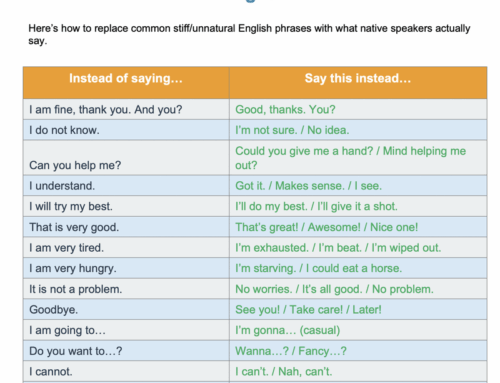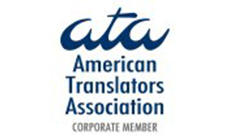Translation and interpretation play a pivotal role in the operations of Non-Governmental Organizations (NGOs) worldwide, serving as the bridge that connects diverse communities, cultures, and languages. In humanitarian aid, development projects, and advocacy initiatives, effective communication is not just a matter of conveying words from one language to another; it is about ensuring that vital information, services, and messages are accurately understood and culturally relevant.
Importance of Clear Communication in NGO Work
When it comes to NGOs, clear communication is the name of the game. Whether it’s coordinating relief efforts or sharing important information with communities, being understood is key. That’s where translation and interpretation swoop in as the unsung heroes of effective communication.
Impact of Language Barriers on Service Delivery
Language barriers can be a real buzzkill when it comes to delivering services to those in need. Imagine trying to provide medical assistance or disaster relief without being able to communicate effectively with the people you’re trying to help. It’s like trying to play charades in the dark – not exactly a winning strategy.
Building Trust and Relationships Across Language Divides
Language is more than just words – it’s a gateway to building trust and relationships. By breaking down language barriers, NGOs can foster connections that transcend cultural divides and create a more united front in tackling social issues.
Promoting Inclusivity and Diversity in NGO Initiatives
Inclusivity and diversity are the buzzwords of the century, and for good reason. By embracing different languages and cultures, NGOs can ensure that their initiatives are truly representative of the communities they serve.
Addressing Language Barriers in Humanitarian and Development Work
Challenges of Multilingual Environments in Crisis Response
In the high-stakes world of crisis response, navigating multilingual environments can be a major challenge. Quick and accurate communication is crucial, and having skilled translators and interpreters on deck can mean the difference between a successful intervention and a missed opportunity.
Ensuring Effective Communication in Community Development Projects
Community development projects rely on collaboration and understanding to make a real impact. By addressing language barriers head-on, NGOs can ensure that their messages are heard loud and clear, fostering a sense of unity and purpose among community members.
In the world of NGOs, getting your message across accurately and respectfully is crucial. Translating and interpreting help ensure that the nuances and cultural context of communication are preserved, avoiding any embarrassing lost-in-translation moments.
Empowering Marginalized Communities Through Language Assistance
By providing translation and interpreting support, NGOs can ensure that marginalized communities have the same opportunities for participation and engagement. Building capacity in local languages not only empowers communities but also fosters a sense of inclusivity and understanding.
By investing in language service agencies NGOs can break down barriers, build trust, and truly engage with the communities they serve on a deeper level. Moving forward, prioritizing accuracy, cultural sensitivity, and inclusivity in language services will not only strengthen the effectiveness of NGO initiatives but also contribute to a more equitable and interconnected global landscape where every voice can be heard and understood.













Leave A Comment